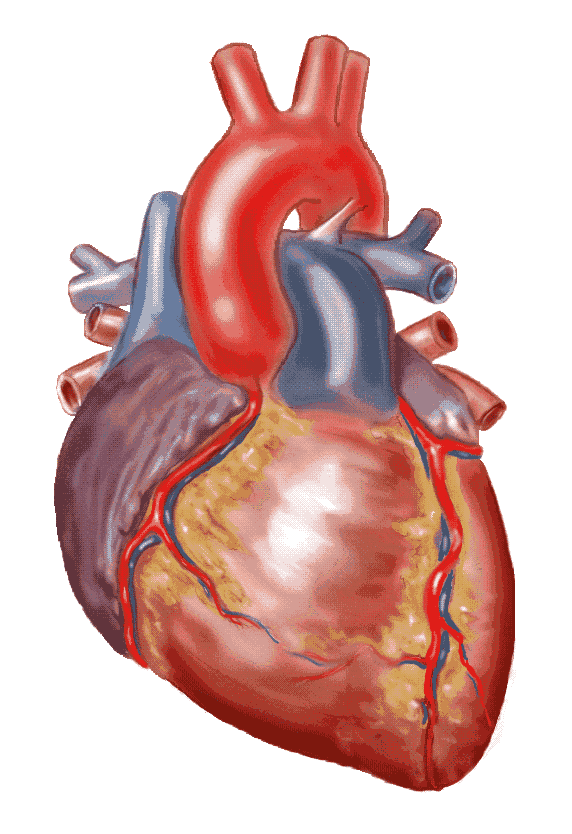Why does Blood Flow Change? Investigating the Math of Blood Flow Dynamics
Author(s): Amy Troyer1, Brandi Morgante Handzlik1, Mary Phillips1
Pennsylvania College of Health Sciences
1716 total view(s), 1627 download(s)
AP Lab Activity.docx(DOCX | 447 KB)
AP Teaching Notes.docx(DOCX | 24 KB)
Graphing Teaching Notes.docx(DOCX | 24 KB)
Math Graphing Blood Flow.docx(DOCX | 245 KB)
Math Modeling Variation.docx(DOCX | 33 KB)
Variation Teaching Notes.docx(DOCX | 23 KB)
- https://cnx.org/contents/CImQfPDv@8.49:_L9Vlwth@22/8-9-Use-Direct-and-Inverse-Variation
- https://openstax.org/books/college-algebra/pages/5-8-modeling-using-variation
- https://www.youtube.com/watch?v=Nz5xl0GR1y4
- https://bmorgante.shinyapps.io/BloodFlow/
- https://cnx.org/contents/CImQfPDv@8.49:S6EErGb5@19/4-1-Use-the-Rectangular-Coordinate-System
- License terms
Description
Why does Blood Flow Change? Investigating the Math of Blood Flow Dynamics was developed as part of an effort by the Quantitative Biology at Community Colleges group to provide materials that incorporate mathematical concepts into biology courses. Within the collection of materials, there is an activity designed for Anatomy & Physiology courses that coordinate with Chapter 20 of the OpenStax Anatomy and Physiology textbook. The activity could also be used in a Human Biology course. The collection also includes two math activities to be used in a College Algebra or lower-level algebra class. The graphing activity coordinates with Chapter 4 of the OpenStax Elementary Algebra Text. The variation activity coordinates with Chapter 8 of the OpenStax Elementary Algebra Text and Chapter 5 of the OpenStax College Algebra text.
The student learning outcomes for the entire collection of activities are:
Biology:
1) Interpret the equation that relates blood flow to pressure and resistance
2) Explain the impact of changes in pressure, radius, length and viscosity on blood flow
Mathematics:
1) Recognize direct and inverse variation relationships in data sets.
2) Model the variation relationship observed in data with an equation.
3) Solve an equation to calculate the constant of variation for a data set
4) Use the equation to predict additional values
5) Create a graph of the data and the equation
6) Predict additional values based on the type of variation
Data Literacy:
- Estimate additional values based on the graph
- Interpret graphs
Cite this work
Researchers should cite this work as follows:
- Troyer, A., Handzlik, B. M., Phillips, M. (2020). Why does Blood Flow Change? Investigating the Math of Blood Flow Dynamics. QB@CC Spring 2020 Incubator 1, QUBES Educational Resources. doi:10.25334/KBHH-CC94
